Witnessing endangered animals in their natural habitat is a rare and awe-inspiring experience. These creatures face numerous threats but still roam the wild in certain parts of the world. Here are some of the most endangered animals you can still see in the wild, each with a unique story and critical need for protection.
Amur Leopard
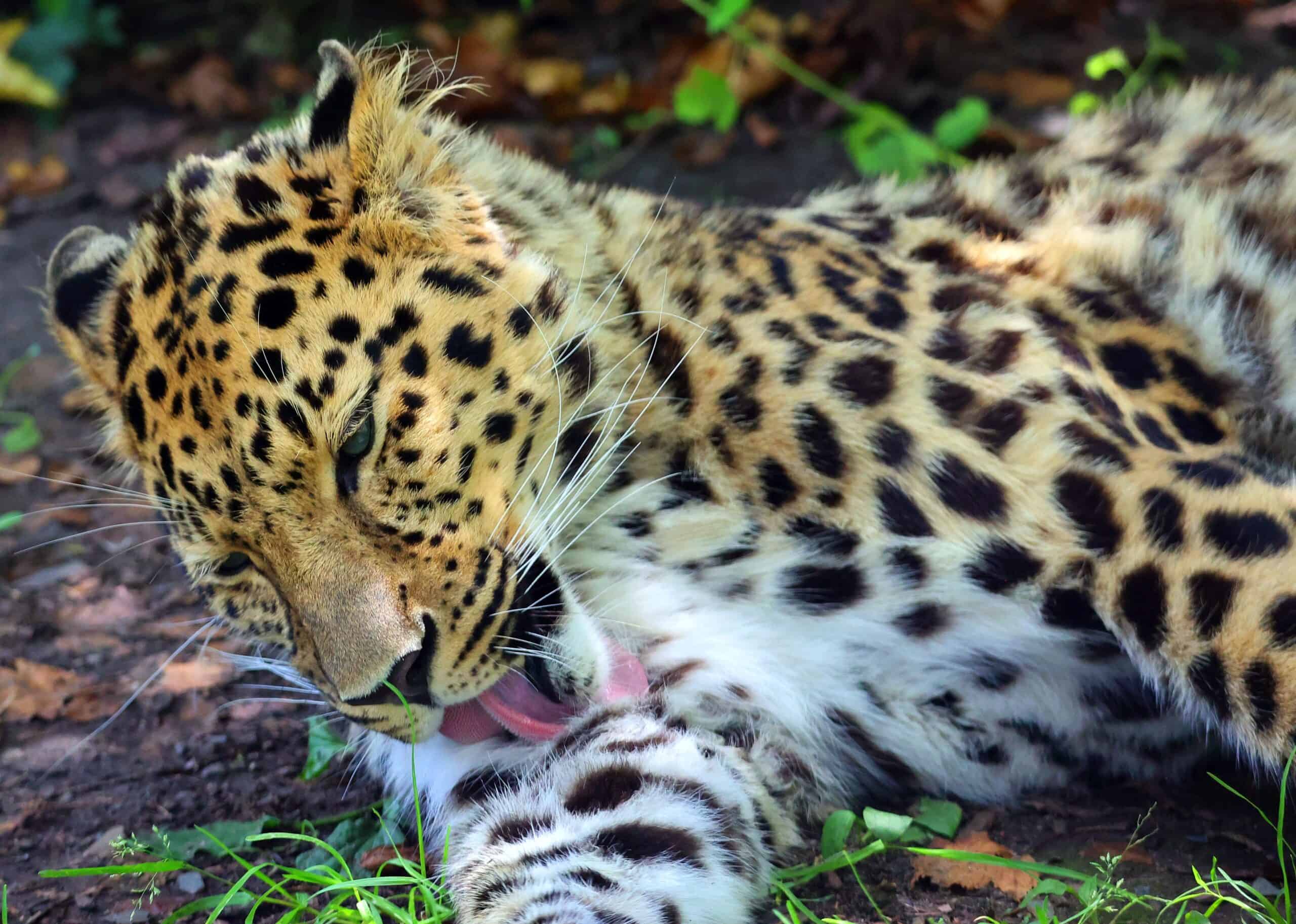
The Amur leopard hails from the temperate forests of the Russian Far East and northeastern China. Known for its thick, beautiful fur and powerful build, this leopard is critically endangered with fewer than 100 individuals left. The Amur leopard’s rosettes are larger and more widely spaced than other leopards. Habitat destruction, poaching, and prey depletion threaten the Amur leopard’s survival. Conservation efforts include anti-poaching measures and habitat restoration. Their elusive nature makes sightings rare but unforgettable.
Javan Rhino
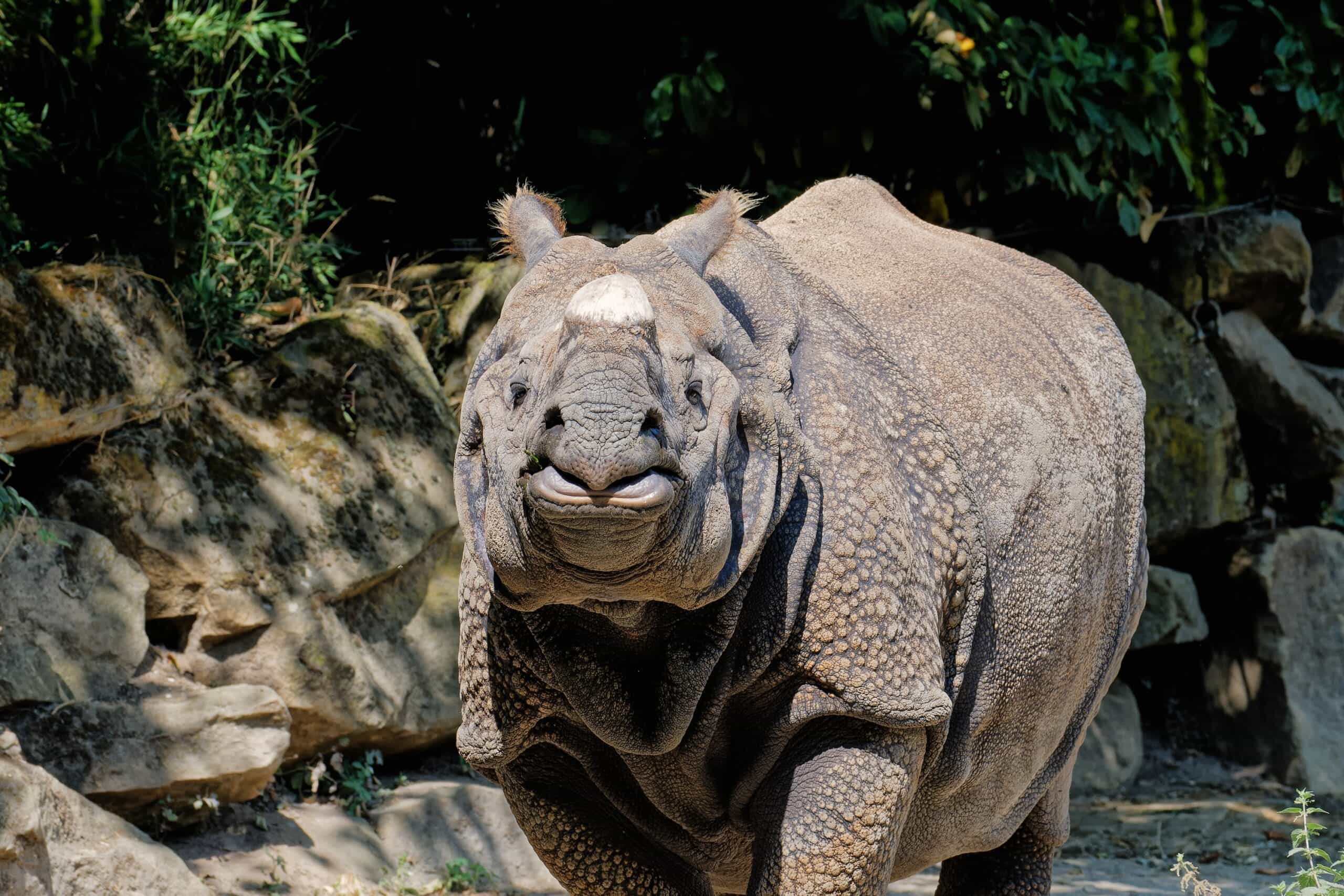
The Javan rhino, one of the most endangered large mammals, resides in the dense rainforests of Java, Indonesia. With a gray, hairless body and a single horn, it is smaller than other rhino species. About 74 individuals remain in the wild. Deforestation, poaching, and natural disasters endanger the Javan rhino. Conservationists focus on protecting their habitat and preventing illegal hunting. Seeing a Javan rhino is an extraordinary event, given their rarity.
Sumatran Orangutan
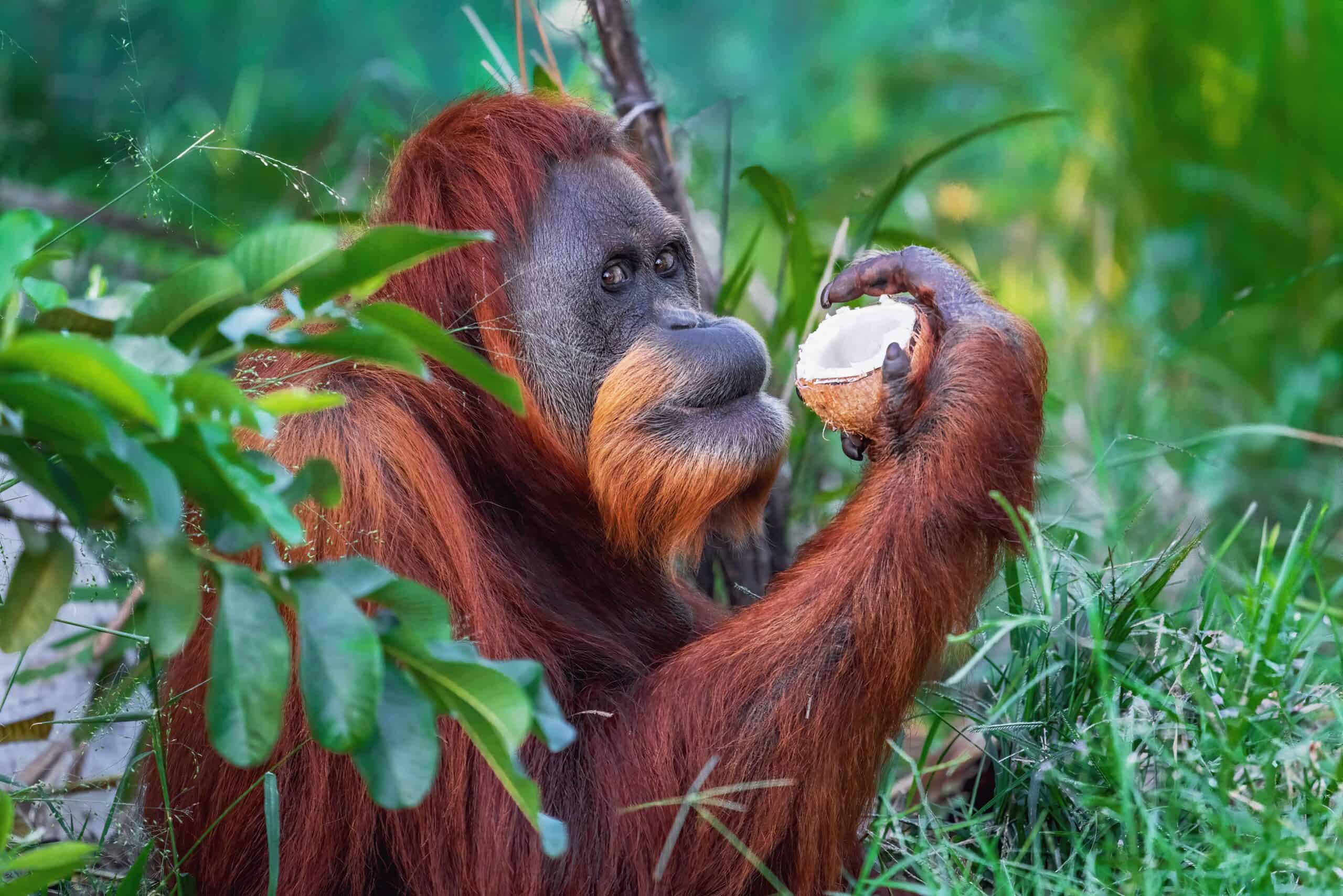
Sumatran orangutans inhabit the lush rainforests of Sumatra, Indonesia. They have long, reddish-brown hair and powerful arms for swinging through trees. These great apes are highly intelligent and share 97% of their DNA with humans. Deforestation and illegal pet trade drastically reduce their numbers. Conservationists work to protect and restore their habitat. Observing them in the wild highlights their critical need for continued protection.
Mountain Gorilla
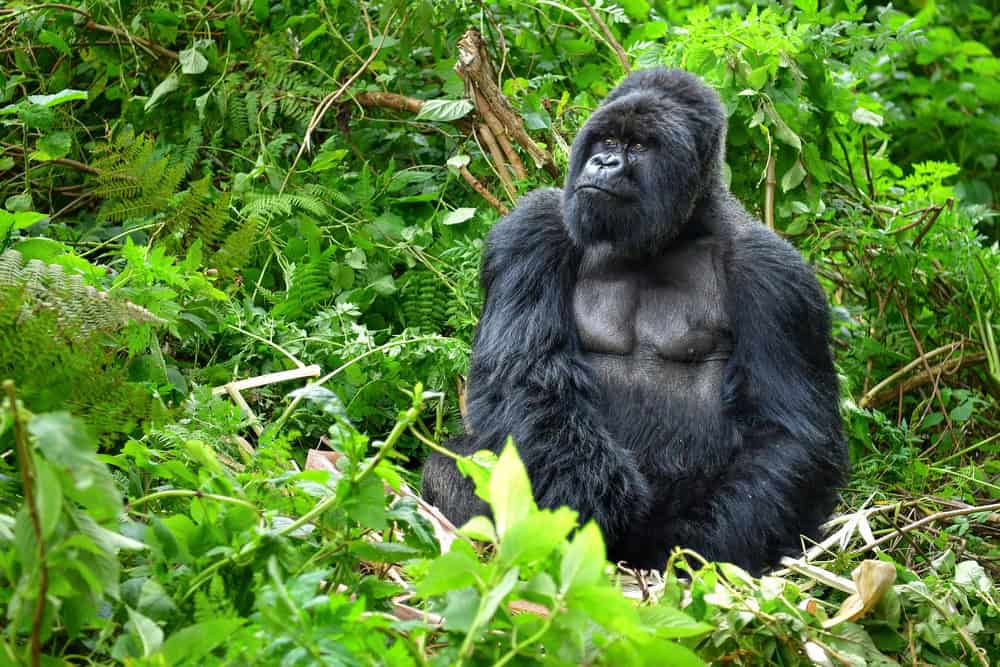
Mountain gorillas live in the forested mountains of Central Africa, primarily in Uganda, Rwanda, and the Democratic Republic of Congo. They have longer hair and a stockier build compared to other gorilla species, adapted to their cold, mountainous environment. Poaching, habitat destruction, and disease threaten their existence. Conservation efforts focus on anti-poaching patrols and community engagement. Seeing these gentle giants in the wild is a moving and unforgettable experience.
Vaquita
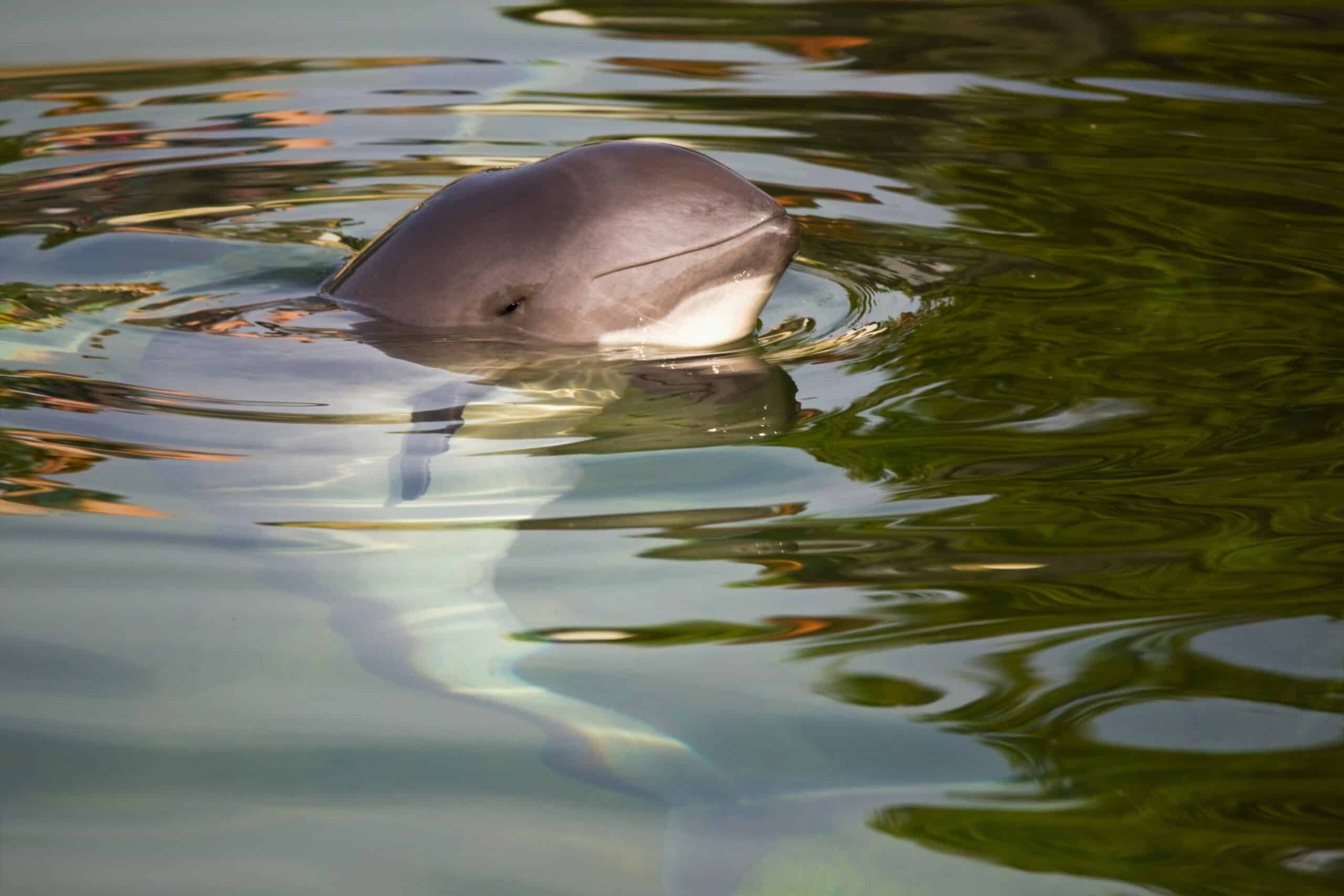
The vaquita, the world’s rarest marine mammal, lives in the northern part of the Gulf of California. It has a small, robust body and distinctive dark rings around its eyes and mouth. Fewer than 20 individuals remain. Illegal fishing nets, particularly those used for totoaba, critically endanger vaquitas. Conservationists are racing against time to save this species. Spotting a vaquita is extremely rare but highlights the urgent need for action.
Saola
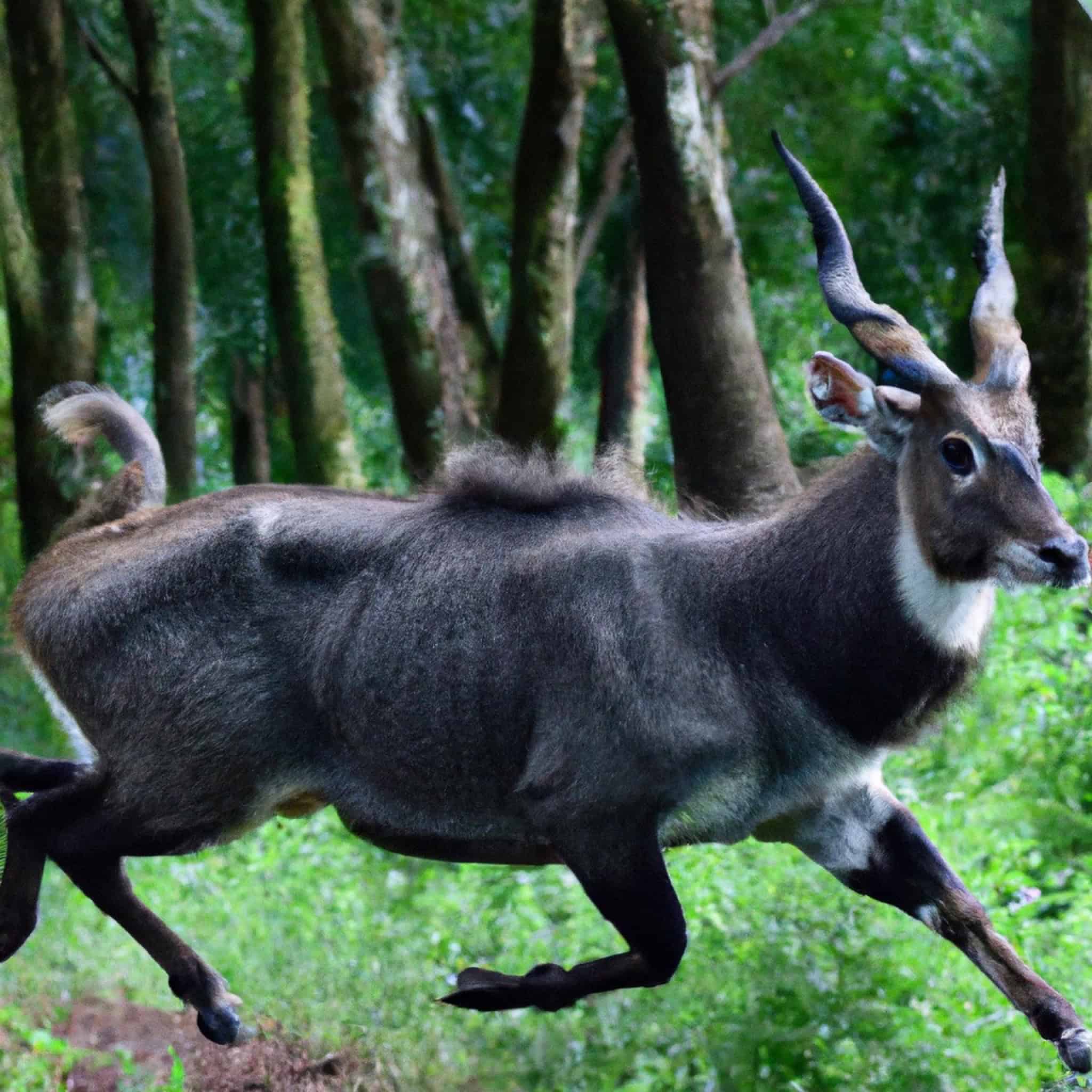
Saolas, often called the “Asian unicorn,” reside in the Annamite Mountains of Laos and Vietnam. They have two parallel horns and striking white facial markings. Saolas are elusive and rarely seen. Poaching and habitat loss are the primary threats to saolas. Conservationists strive to protect their habitat and prevent illegal hunting. Sightings are rare but signify the importance of preserving this mysterious species.
Sumatran Tiger
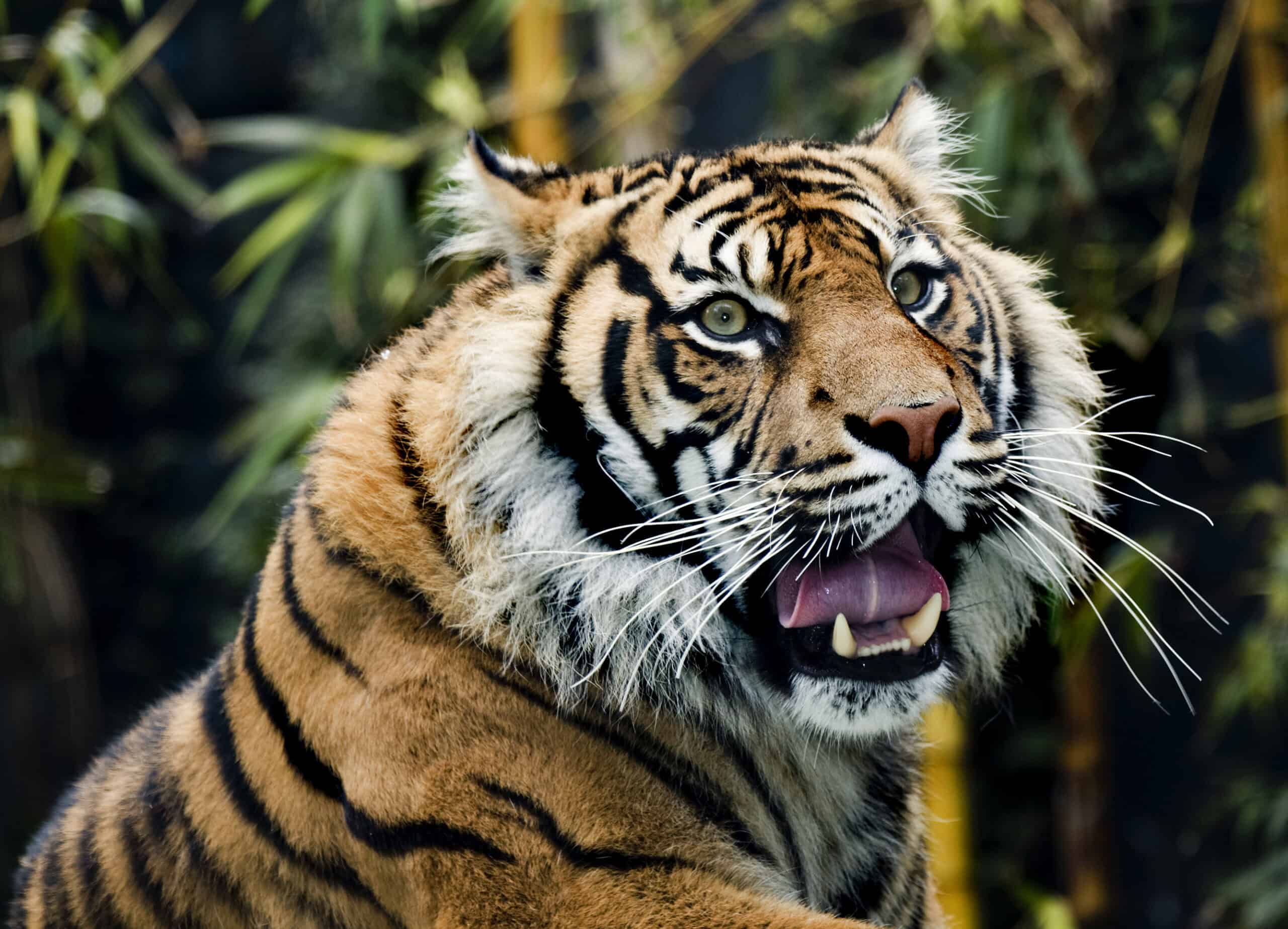
Sumatran tigers, the smallest surviving tiger subspecies, are native to the Indonesian island of Sumatra. They have darker fur and thicker black stripes compared to other tigers. Fewer than 400 remain in the wild. Habitat loss and poaching severely threaten Sumatran tigers. Conservation efforts include anti-poaching patrols and habitat conservation. Seeing one in the wild underscores the critical need for protection.
Hawksbill Turtle
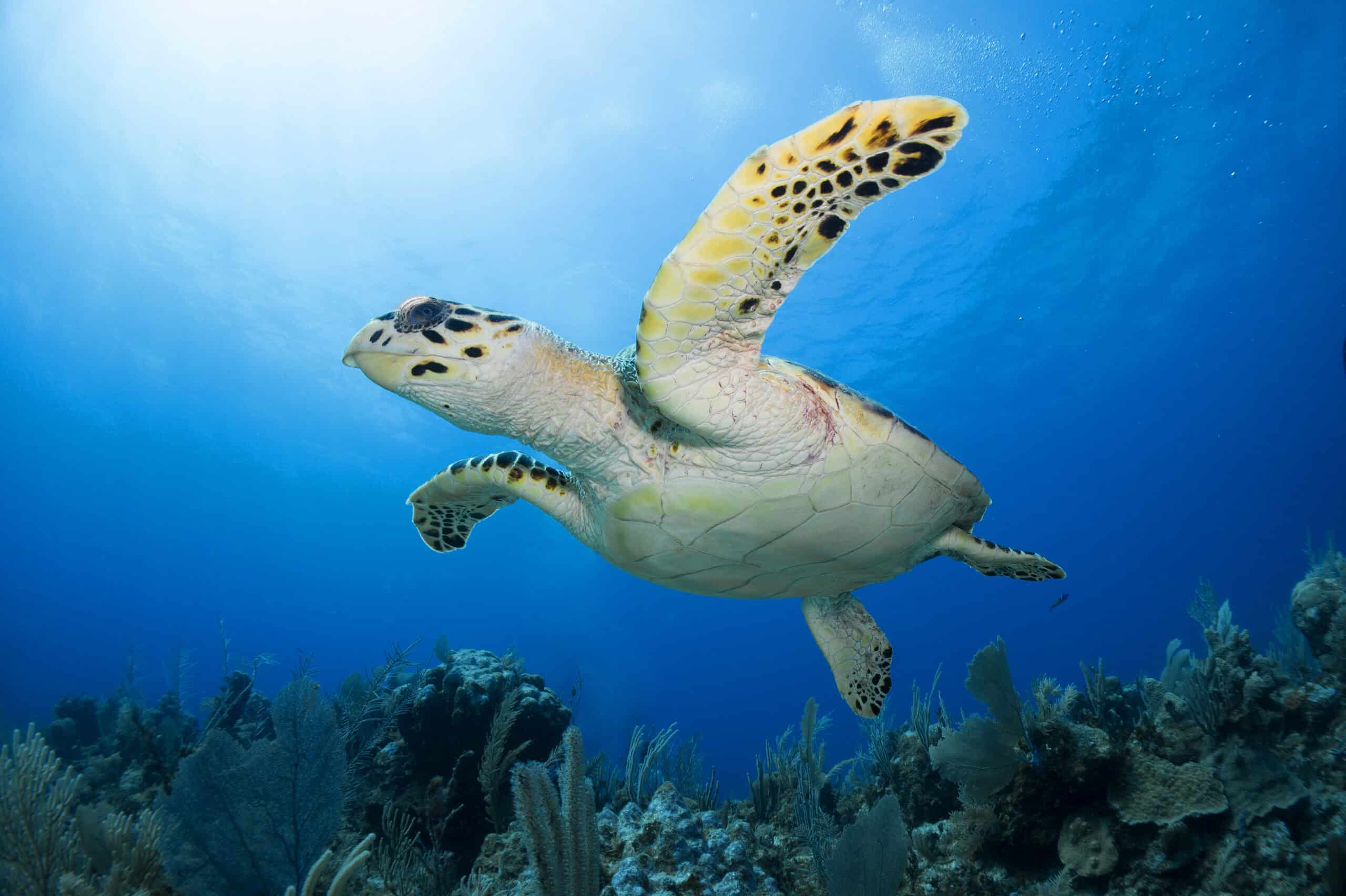
Hawksbill turtles inhabit tropical coral reefs around the world. Recognizable by their pointed beaks and patterned shells, they are critically endangered. They play a crucial role in maintaining the health of coral reefs. Illegal trade in their shells and habitat loss threaten hawksbill turtles. Conservationists focus on protecting nesting sites and reducing illegal trade. Observing them in the wild emphasizes their essential role in marine ecosystems.
Yangtze Finless Porpoise

The Yangtze finless porpoise inhabits the freshwater Yangtze River in China. It has a smooth, gray body without a dorsal fin and is known for its playful nature. Fewer than 1,000 individuals remain. Pollution, habitat degradation, and accidental bycatch endanger the species. Conservationists aim to improve water quality and protect their habitat. Spotting a Yangtze finless porpoise is a rare and special encounter.
Philippine Eagle
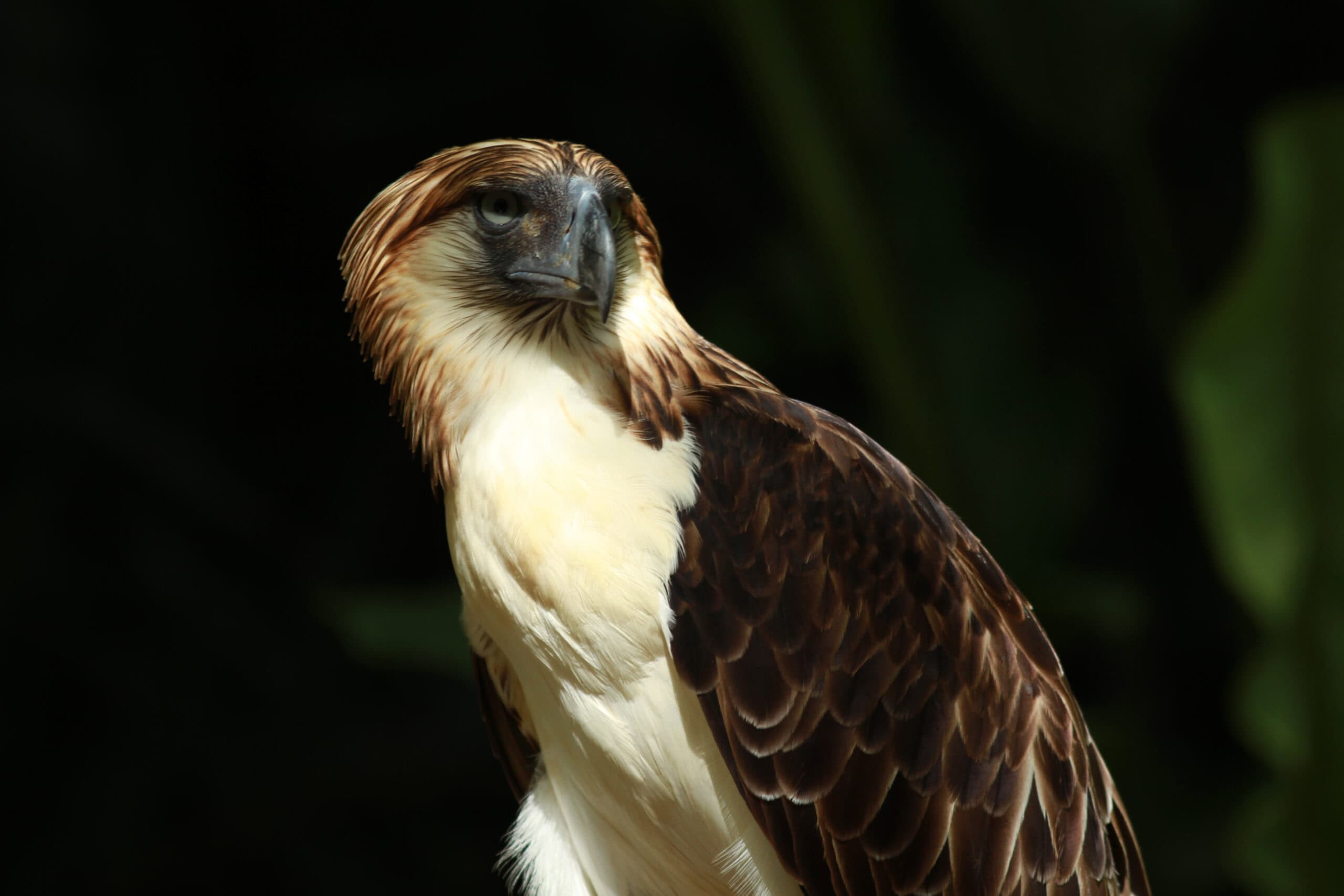
The Philippine eagle, also known as the monkey-eating eagle, is endemic to the Philippines. It is one of the largest and most powerful eagles, with a distinctive crest of feathers. Only about 400 pairs remain. Deforestation and hunting are the primary threats to the Philippine eagle. Conservation efforts include habitat preservation and captive breeding programs. Seeing this majestic bird in the wild is a testament to its survival.
Black Rhino
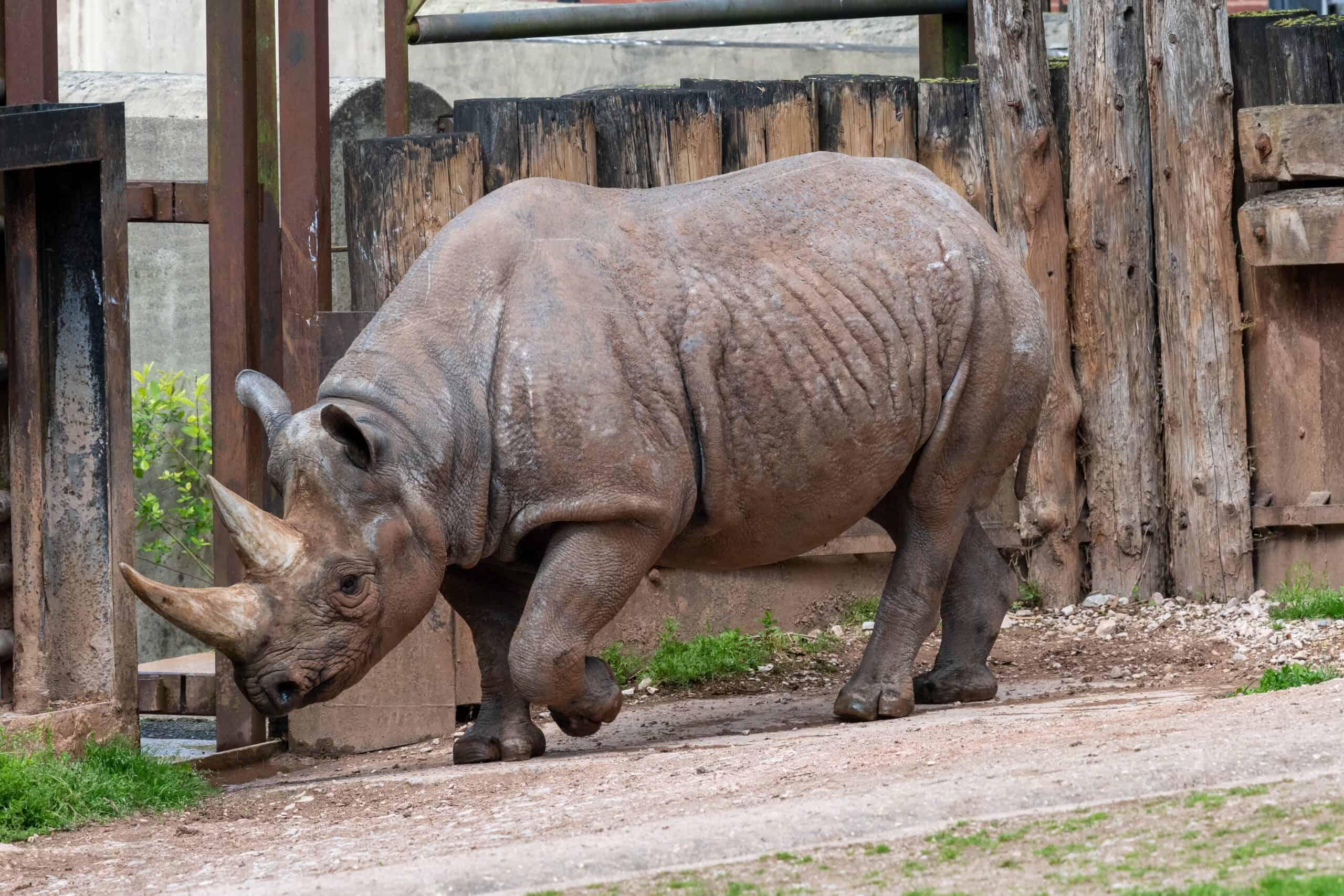
Black rhinos, native to eastern and southern Africa, are characterized by their hooked upper lip. They are smaller than white rhinos and critically endangered with around 5,000 individuals left. Poaching for their horns is the main threat to black rhinos. Conservationists focus on anti-poaching measures and habitat restoration. Observing a black rhino in the wild is a powerful reminder of their precarious existence.
Cross River Gorilla
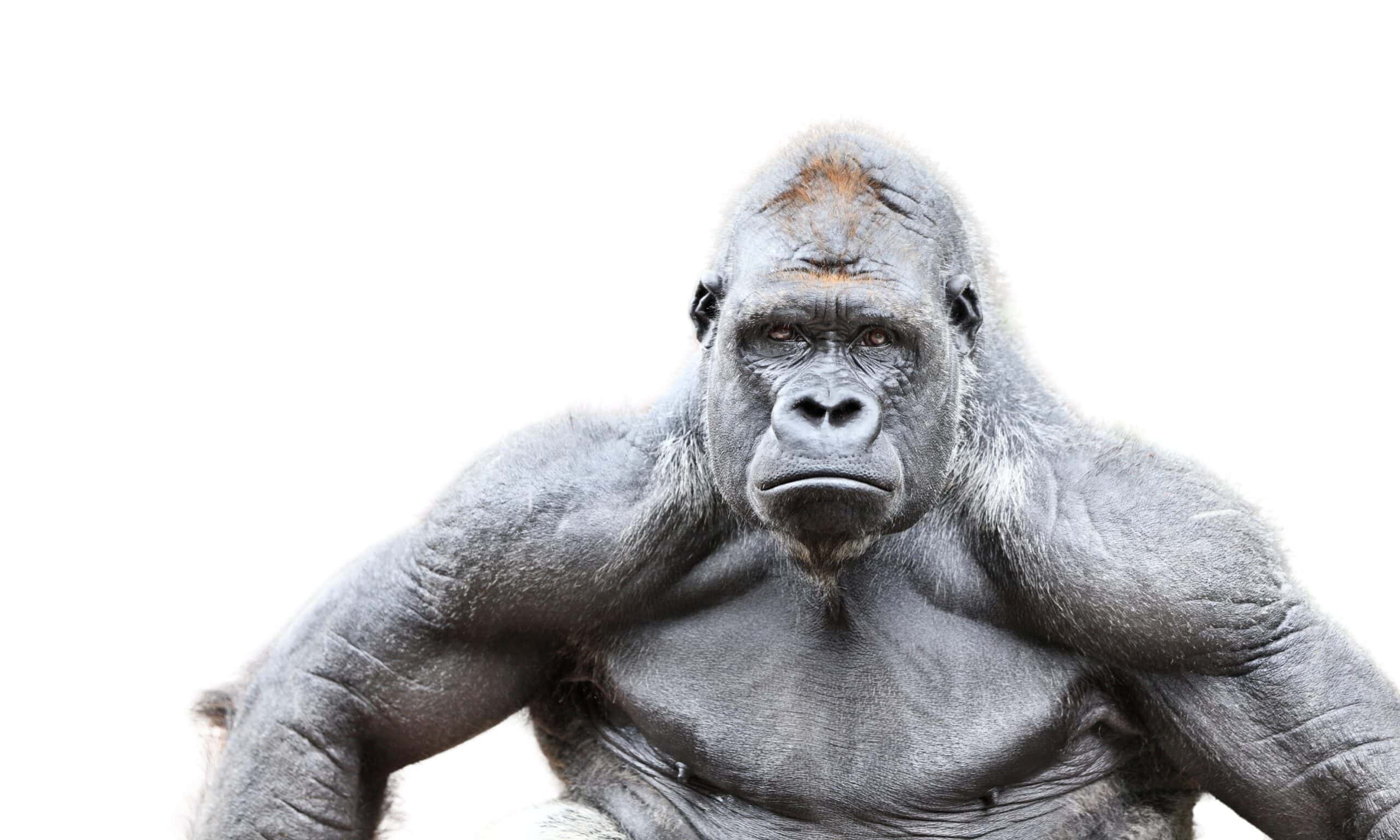
The Cross River gorilla, the rarest of all gorilla subspecies, lives in the mountainous border region between Nigeria and Cameroon. They have a slightly smaller build and distinct cranial features. Fewer than 300 individuals remain. Habitat loss and hunting pose significant threats to their survival. Conservationists work to protect their habitat and engage local communities. Spotting a Cross River gorilla is an incredibly rare and awe-inspiring experience.
Bornean Orangutan
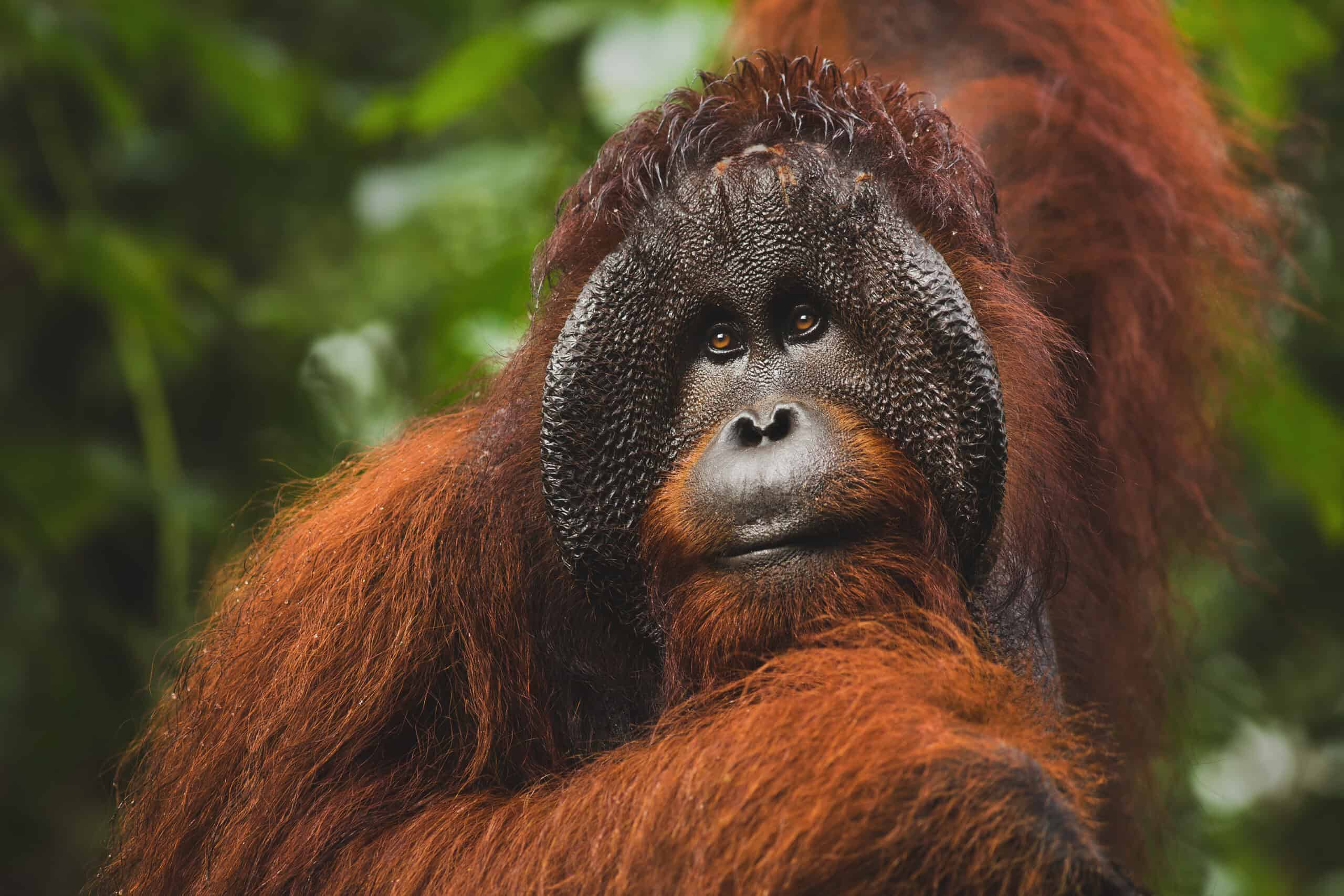
Bornean orangutans inhabit the rainforests of Borneo. They have shaggy red fur and long arms suited for arboreal life. Their population is critically endangered due to habitat destruction and illegal hunting. Palm oil plantations and logging are major threats. Conservationists focus on habitat protection and anti-poaching efforts. Observing Bornean orangutans in the wild highlights the urgent need for conservation.
Western Lowland Gorilla
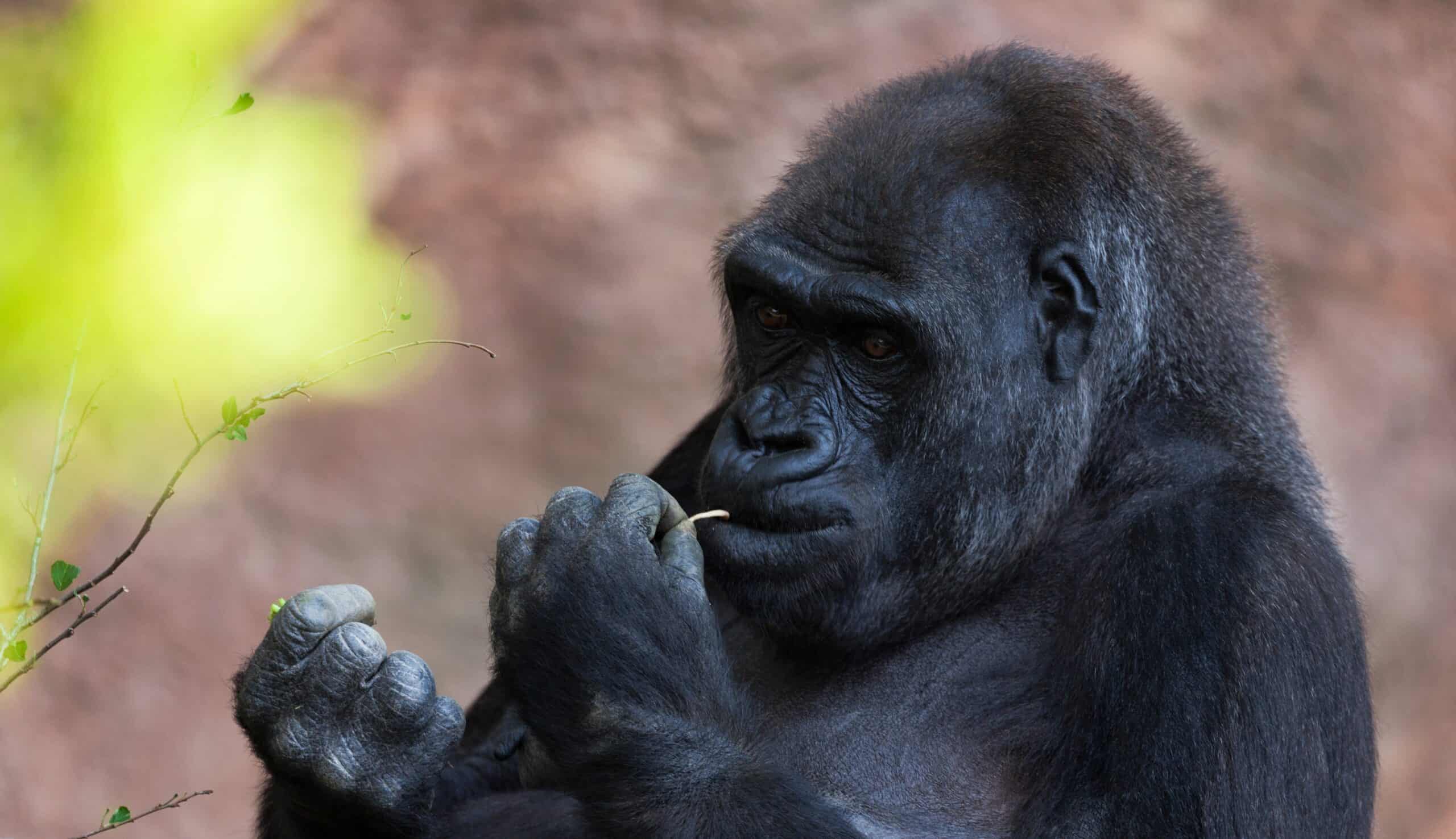
Western lowland gorillas, the most numerous of all gorilla subspecies, are found in the dense forests of Central Africa. They have shorter hair and a more robust build. Despite being the most numerous, they are critically endangered. Poaching, disease, and habitat loss are the main threats. Conservation efforts include anti-poaching measures and habitat preservation. Seeing them in the wild emphasizes the importance of protecting these incredible animals.
Ethiopian Wolf
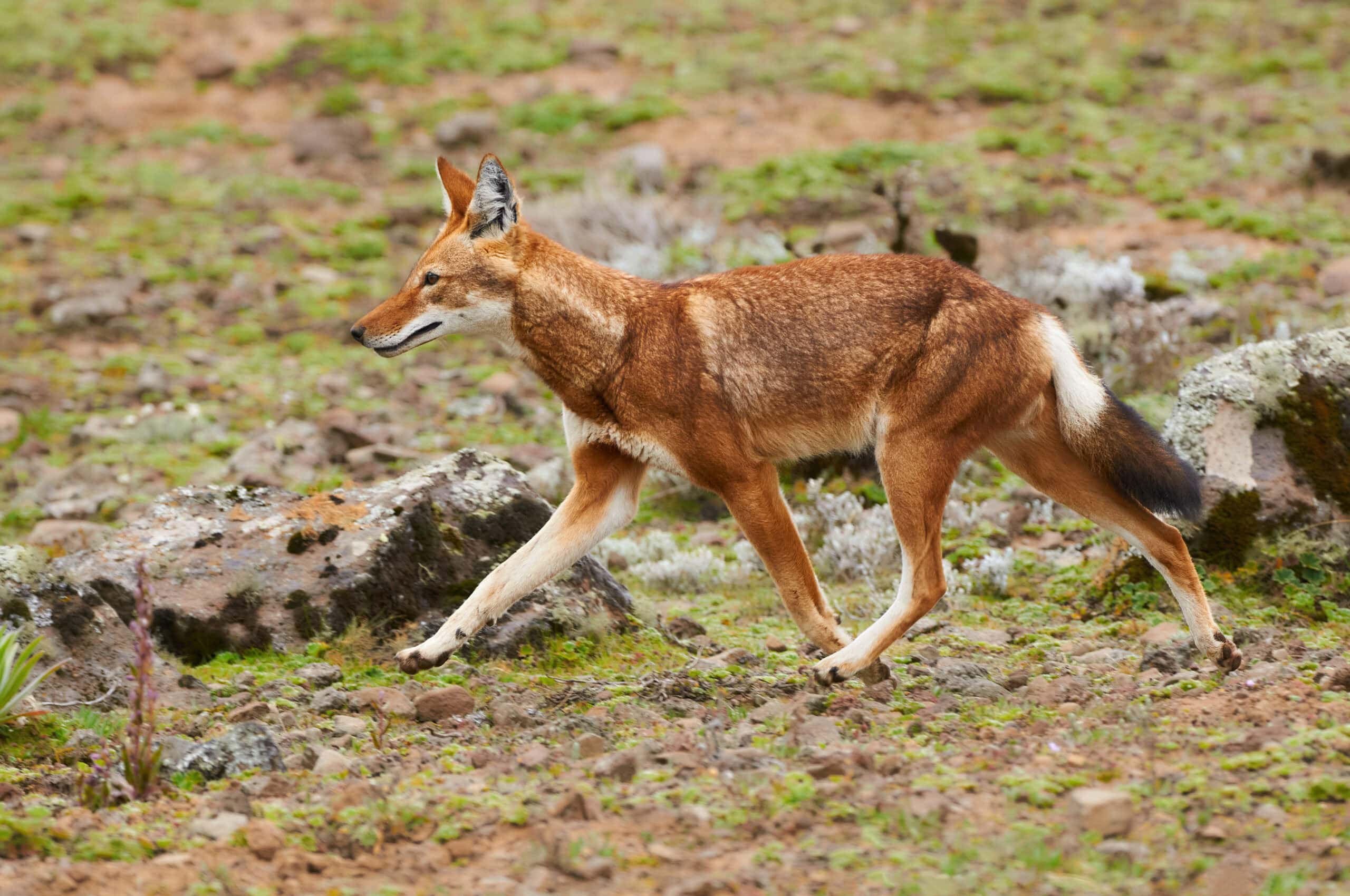
The Ethiopian wolf, the world’s rarest canid, lives in the highlands of Ethiopia. It has a slender build, reddish coat, and is highly social. Fewer than 500 individuals remain. Habitat loss, disease, and human conflict threaten the Ethiopian wolf. Conservationists focus on disease control and habitat protection. Observing them in the wild underscores the need for continued conservation efforts.
Snow Leopard
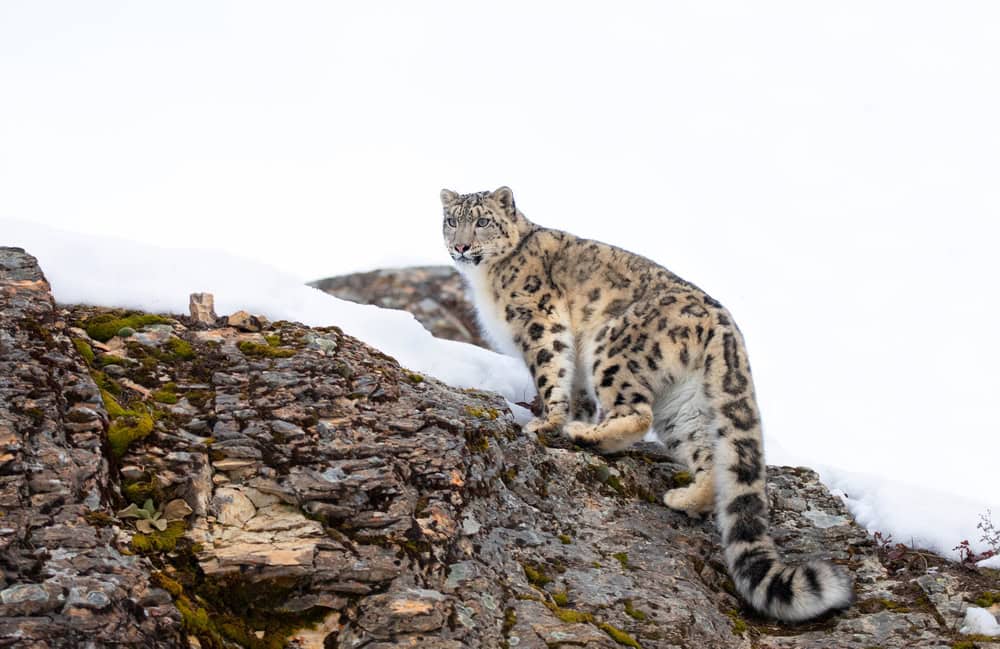
Snow leopards inhabit the mountainous regions of Central and South Asia. They have thick, grayish-white fur with dark rosettes, aiding their camouflage in rocky terrain. Their population is estimated at fewer than 7,000. Poaching and habitat loss threaten snow leopards. Conservationists work to protect their habitat and reduce human-wildlife conflict. Seeing a snow leopard in the wild is a rare and breathtaking experience.
This article originally appeared on Rarest.org.
More from Rarest.org
1945 Wheat Penny Value Guide

The Lincoln cent, also known as the Lincoln penny, has a face value of $0.01. The production of this coin began in 1909. Read More.
13 Rare Trees from Around the World
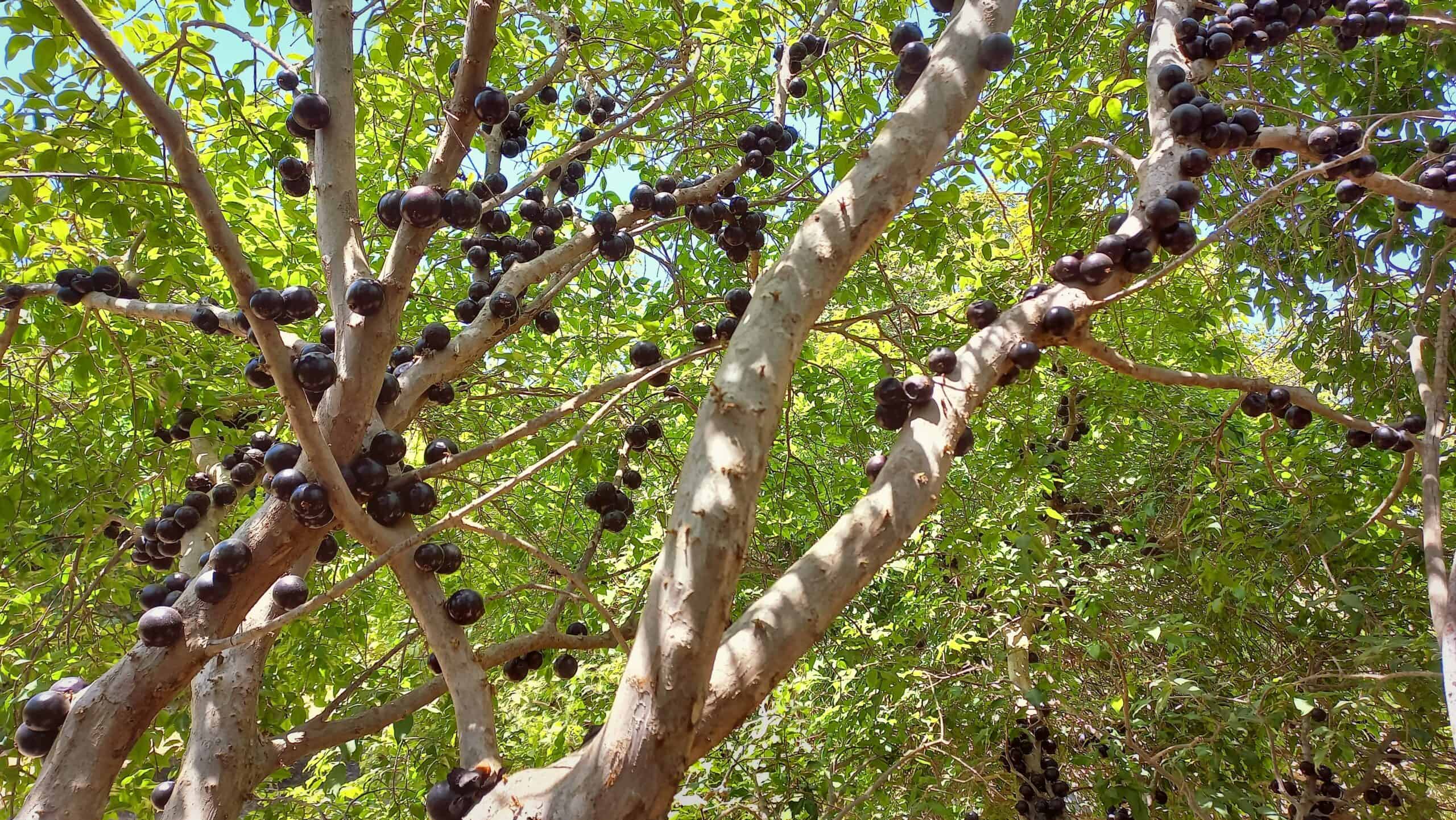
Trees are vital to our planet’s health and our well-being. Some trees are so rare that they exist only in small pockets around the world. Read More.
1946 Walking Liberty Half Dollar Value Guide

Are you having difficulty looking for coin guides, especially for the pennies made in the 1940s? No worries! This article guide discusses the more than 70-year-old coin made in history – the 1946 Walking Liberty half dollar value. Read More.
